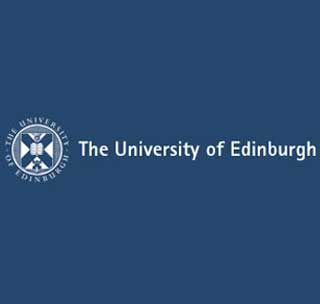
The team unraveled the means to improve the production of vital cells in the liver that are critical to repair damaged liver tissues. As the liver is impaired, it tends to produce many bile duct cells and not sufficient number of cells called hepatocytes. The latter are required by the liver to repair damaged tissue.
“Liver disease is on the increase in the UK and is one of the top five killers. Increasing numbers of patients are in need of liver transplants, but the supply of donated organs is not keeping pace with the demand. If we can find ways to encourage the liver to heal itself then we could ease the pressure on waiting lists for liver transplants,†cited Professor Stuart Forbes Associate Associate Director at the MRC Centre for Regenerative Medicine at the University of Edinburgh.
The scientists stumbled upon an avenue to boost the production of hepatocytes. According to them, altering the expression of specific genes in initial stage liver cells may elevate the generation of hepatocyte cells.
This alternative form of treating liver disease could reduce the number of people waiting to undergo liver transplants. Possibly, new drugs aimed at increasing the production of these protective cells will be used for the treatment of liver disease in the future.
This report is published in the journal, Nature Medicine.
